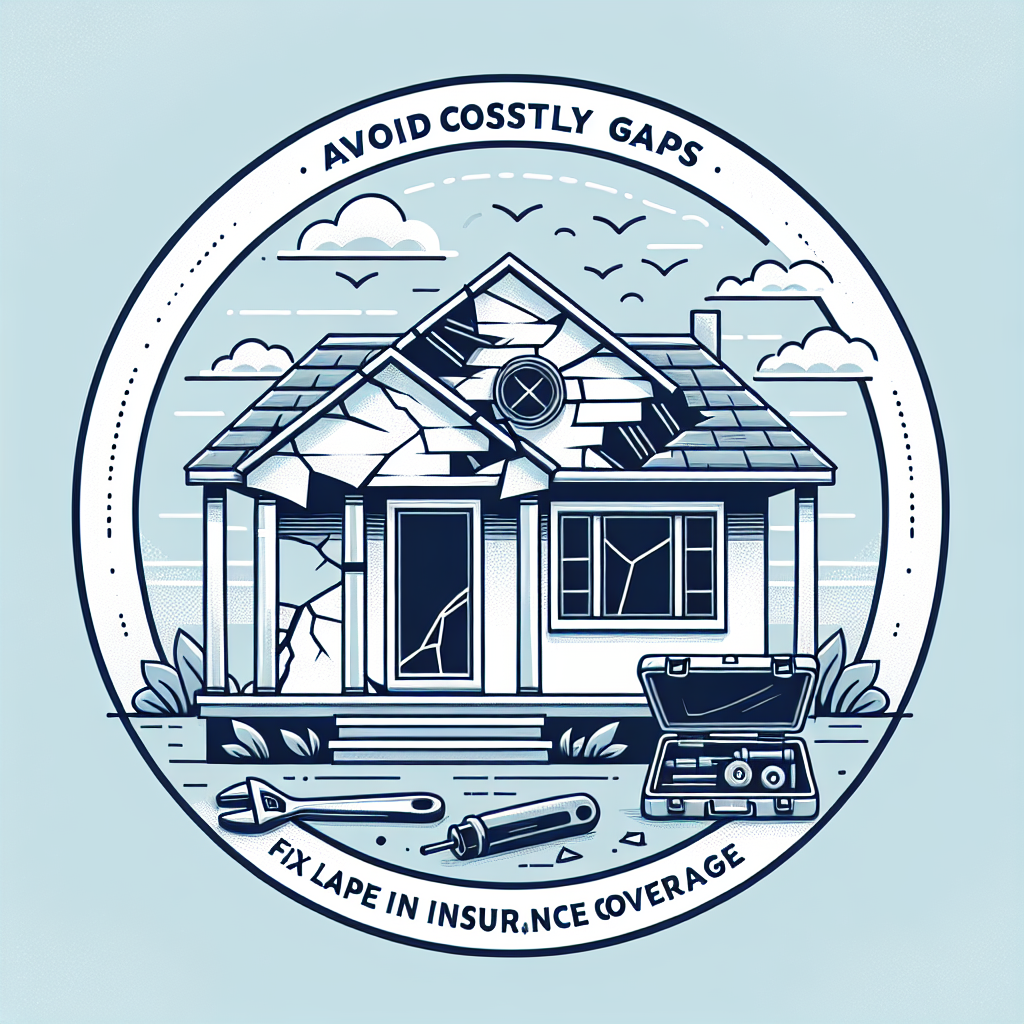Filed under Health Insurance on
How to Craft a Health Insurance Request Letter

In today’s complex healthcare landscape, understanding how to effectively communicate with your health insurance provider can be just as crucial as selecting the right plan for you and your family. One key communication tool is the health insurance request letter. Crafting a well-structured health insurance request letter can significantly impact the speed and success with which your claims or inquiries are processed. This detailed guide will walk you through crafting a health insurance request letter that captures attention and ensures efficiency.
Understanding the Basics of a Health Insurance Request Letter
A health insurance request letter serves as a formal communication between you and your insurance company, often used to request information, clarify policies, appeal denials, or handle claim issues. The primary goal is clear and effective communication that leads to a positive outcome.
Why Writing Skillful Health Insurance Request Letters Matters
Writing a compelling health insurance request letter helps in multiple ways:
- Demonstrates professionalism and seriousness regarding your inquiry.
- Increases the likelihood of a prompt and clear response from the insurer.
- Establishes a written record that can be crucial for future references.
Steps for Crafting an Effective Health Insurance Request Letter
1. Organize Your Information
Start by gathering all necessary information. This includes your policy number, specific details about your request or claim, and any relevant medical records or evidence that may support your case. A well-organized request can make the processing much faster and more efficient for both you and the insurer.
2. Understand the Structure of a Request Letter
Every health insurance request letter should follow a clear structure, including:
- Header: Include your name, address, phone number, and email. Below this, add the date and the insurance company's name and address.
- Salutation: Address the letter to a specific person or department. Avoid generic salutations if possible.
- Opening Paragraph: Clearly state the purpose of your letter. Mention your policy number and any relevant claim identification numbers.
- Body: Provide a detailed explanation of your request. Be factual and concise, supporting your claims with accurate information and any necessary documentation.
- Conclusion: Summarize your request and include a call to action, asking for a timely response or a specific resolution.
- Signature: Conclude with a formal signature, including your printed name below it.
3. Use Clear and Compelling Language
While your tone should remain professional, ensure that it's clear and engaging. Avoid technical jargon that might confuse the recipient. Instead, use straightforward language so the reader can easily grasp the essence of your request.
4. Attach Necessary Documentation
Supporting documents can make or break the request process. Attach copies of all necessary records, such as medical bills, proof of consultation, and physicians’ letters. Ensure these are organized and referenced appropriately in the text of your health insurance request letter.
5. Proofread for Errors
Errors can undermine the professionalism of your letter. Carefully proofread to ensure there are no grammatical, spelling, or formatting mistakes. Consider having someone else review your letter to provide feedback.
Tips to Enhance Your Health Insurance Request Letter
Be Specific Yet Concise
While it's important to provide all necessary information, be mindful of length. Insurers will appreciate brevity, so aim to be as succinct as possible without sacrificing the completeness of the information. Focusing on clear and precise language aids in keeping the letter effective and professional.
Follow Up
If you do not receive a response within a reasonable timeframe, don’t hesitate to follow up. A short, polite call or follow-up email can reinforce your initial health insurance request letter and keep your case at the forefront of the insurer’s actions.
Stay Informed About Industry Changes
Insurance regulations and trends can frequently change, affecting the way requests are handled. Stay informed about industry trends, which can provide insights and ideas that streamline the process of dealing with your health insurance company.
The Role of Technology in Crafting a Health Insurance Request Letter
Digital tools can simplify creating an effective health insurance request letter. Word processing software with built-in grammar checking can catch errors while templates available online can give you a solid starting point for structuring your letter. Consider using these tools to enhance both the structure and readability of your health insurance request letter.
Common Mistakes to Avoid When Writing a Health Insurance Request Letter
Avoid Overwhelming Details
While being thorough is advisable, providing too much unnecessary information can obscure the main points of your request. Focus on relevant details that directly impact the outcome of your case.
Don’t Use an Aggressive Tone
Adopt a tone that is firm but polite. Aggressive or demanding language can cause unnecessary conflict and may hinder the process. Remember, the goal is to facilitate a positive dialog that leads to a resolution.
Ignoring Formatting Rules
Formatting can significantly impact the readability of your health insurance request letter. Use standard formats, clearly delineated sections, and avoid overly complex jargon. A messy presentation can distract from the content of your request.
Conclusion
Crafting an effective health insurance request letter is a blend of art and science. By integrating clarity, concise language, and well-organized content, you can craft a letter that effectively communicates your needs and facilitates the resolution process. Remember, a well-prepared health insurance request letter not only enhances communication but underscores your commitment to resolving your healthcare inquiries professionally. By following the steps and tips outlined in this guide, you will be well-equipped to handle your correspondence with confidence and success.





